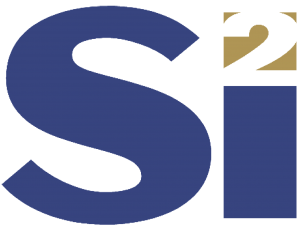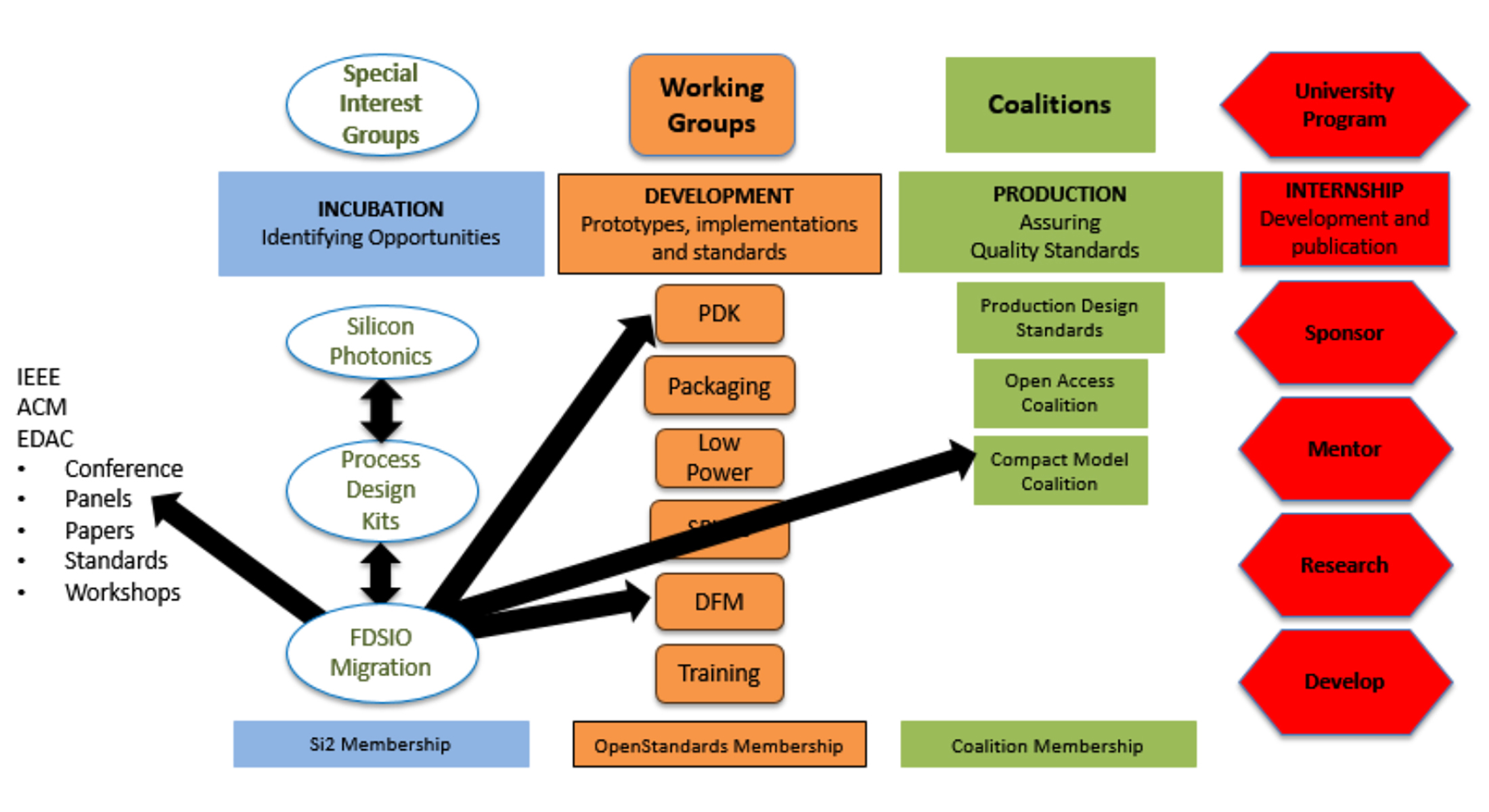Si2 Workshop Explores Global Effort to Measure AI Compute Capacity and Infrastructure
An international effort to assess artificial intelligence compute capacity and help governments make informed AI infrastructure investments is the focus of an online workshop hosted by Silicon Integration Initiative, January 29, 8:00-10:00 am PST.
Keith Strier, vice president, Worldwide AI Initiatives at NVIDIA, will discuss the AI Compute Task Force created in early 2020 by the Organisation for Economic Co-operation and Development. The OECD is a Paris-based intergovernmental economic group with 37 member countries, founded in 1961 to stimulate economic progress and world trade. The task force is developing a framework to measure and benchmark domestic AI compute capacity and other AI readiness components, including budgets and investment priorities.
Their work could also address concerns that wealthier countries are making outsized investments in AI compute capacity, possibly leading to a global compute divide that will sustain resource inequalities in a global digital economy. Strier chairs the OECD task force and has primary responsibility for the NVIDIA global public sector portfolio and the AI Nations Partnership Initiative. He also advises national and city government leaders on AI policies and infrastructure.
The workshop also features Yiorgros Makris from the University of Texas at Dallas. He will discuss how machine learning can reduce semiconductor testing costs, increase test quality, improve yield and test floor logistics, and guide designers and process engineers.
Makris is a professor of Electrical and Computer Engineering and co-founder of the NSF Industry-University Cooperative Research Center on Hardware and Embedded System Security. His research focuses on applying machine learning and statistical analysis to develop trusted and reliable integrated circuits and systems, emphasizing the analog/RF domain.
The workshop will conclude with an update on the Si2 AI/ML in EDA Special Interest Group. Speakers are Joydip Das, SIG chair and senior engineer, Samsung Austin R&D Center; and Kerim Kalafala, SIG co-chair and senior technical staff member, IBM EDA.
The workshop is open to the public and registration is free. For more information visit http://bit.ly/si2_ai_workshop.
About Si2
Founded in 1988, Si2 is a leading research and development joint venture that provides standard interoperability solutions for integrated circuit design tools. All Si2 activities are carried out under the auspices of The National Cooperative Research and Production Act of 1993, the fundamental law that defines R&D joint ventures and offers them a large measure of protection against federal antitrust laws. The Si2 international membership includes semiconductor foundries, fabless manufacturers, and EDA companies.

 s graduated from the University of Phoenix with a Bachelor of Science in Information Technology with an emphasis on computer programming. He has worked at Intel Corporation for 20 years in various full-custom design implementation roles.
s graduated from the University of Phoenix with a Bachelor of Science in Information Technology with an emphasis on computer programming. He has worked at Intel Corporation for 20 years in various full-custom design implementation roles.
 A special interest group gathers the information and incubates the ideas. The multiple SIGs share their expertise. These ideas feed additional groups through papers, standards, workshops and project and prototype requirements. Project implementation is performed by members themselves or through the Si2 Working Groups under OpenStandards with the support of the working group members. The working groups spring up to complete a project, and the results are available to working group members. Some of the projects directly affect production design standards coalitions, OpenAccess and the Compact Model Coalition. Graduate and undergraduate students participate in development under the mentorship of the SIG and working group members to create the standards and implementations and supporting information. All this is done under the protection of Si2.
A special interest group gathers the information and incubates the ideas. The multiple SIGs share their expertise. These ideas feed additional groups through papers, standards, workshops and project and prototype requirements. Project implementation is performed by members themselves or through the Si2 Working Groups under OpenStandards with the support of the working group members. The working groups spring up to complete a project, and the results are available to working group members. Some of the projects directly affect production design standards coalitions, OpenAccess and the Compact Model Coalition. Graduate and undergraduate students participate in development under the mentorship of the SIG and working group members to create the standards and implementations and supporting information. All this is done under the protection of Si2.